Supracondylar femur fracture in an 11yo
Score and Comment on this Case
Clinical Details
Clinical and radiological findings: 11 year old , came off his motocross bike. Closed fracture. Artery intact / no compartment.
Preoperative Plan
Planning remarks: Very tall boy. Felt dual plating would be more stable as the orientation of the fx along with the physis below precluded adequate bicortical purchase
Surgical Discussion
Operative remarks:Raised vasti laterally and then medially through separate incisions. Stayed extraphyseal. Images are post op and 24 months. Case originally posted by: Bipin Theruvil FRCS Orth, FRCS (Ed&Glasg) on Twitter
Postoperative protocol: Slab 6 wks post op. Physeal growth seems normal. Time for removal now.
Orthopaedic implants used: Posteromedial tibia plate medially and distal radius plate laterally
PubMed® Literature Review
Generated by The Literature - Realtime PubMed® Analysis17 articles were analyzed, including 1 systematic review, 3 retrospective studies, 2 prospective studies, and 11 case reports. The publication dates of the articles spanned from 1996 to 2023. Based on the available evidence, the fixation of supracondylar femur fractures in pediatric patients can be approached using various techniques, including Kirschner-wire fixation (KF), external fixation (EF), locking plate fixation, flexible intramedullary nailing (FIN), and a combination of external fixation with limited internal fixation. The choice of technique should be individualized based on the patient's age, fracture characteristics, surgeon's experience, and available resources. KF and EF have been shown to achieve excellent outcomes for pediatric supracondylar femur fractures. KF has advantages in younger children, including shorter operative time, less blood loss, shorter length of hospital stay, and better radiological union and range of movement. EF can be considered in older children or in cases where KF is not feasible. Locking plate fixation and FIN are alternative options for the treatment of pediatric supracondylar femur fractures. Locking plate fixation allows for stable fixation and early mobilization, while FIN provides a minimally invasive approach with good outcomes. The combination of external fixation with limited internal fixation, such as double K-wire fixation, has been shown to be effective in achieving reduction and stabilization of fractures, with minimal complications. Complications associated with the fixation of supracondylar femur fractures in pediatric patients include refractures, fractures through pin sites, infection, malunion, loss of reduction, leg length discrepancy, and knee joint stiffness. However, the overall complication rates are relatively low, and most complications can be managed successfully. In conclusion, the management of supracondylar femur fractures in pediatric patients requires careful consideration of various factors, including patient age, fracture characteristics, surgeon expertise, and available resources. Both KF and EF can achieve excellent outcomes, with KF being advantageous in younger children. Locking plate fixation, FIN, and the combination of external fixation with limited internal fixation are alternative options. Complications can occur but are generally manageable.
Author's Resources & References
Search for Related Literature

Dr Ed Oates
- Germany , Schleswig Holstein
- Area of Specialty - General Trauma
- Position - Specialist Consultant

Industry Sponsership
contact us for advertising opportunities
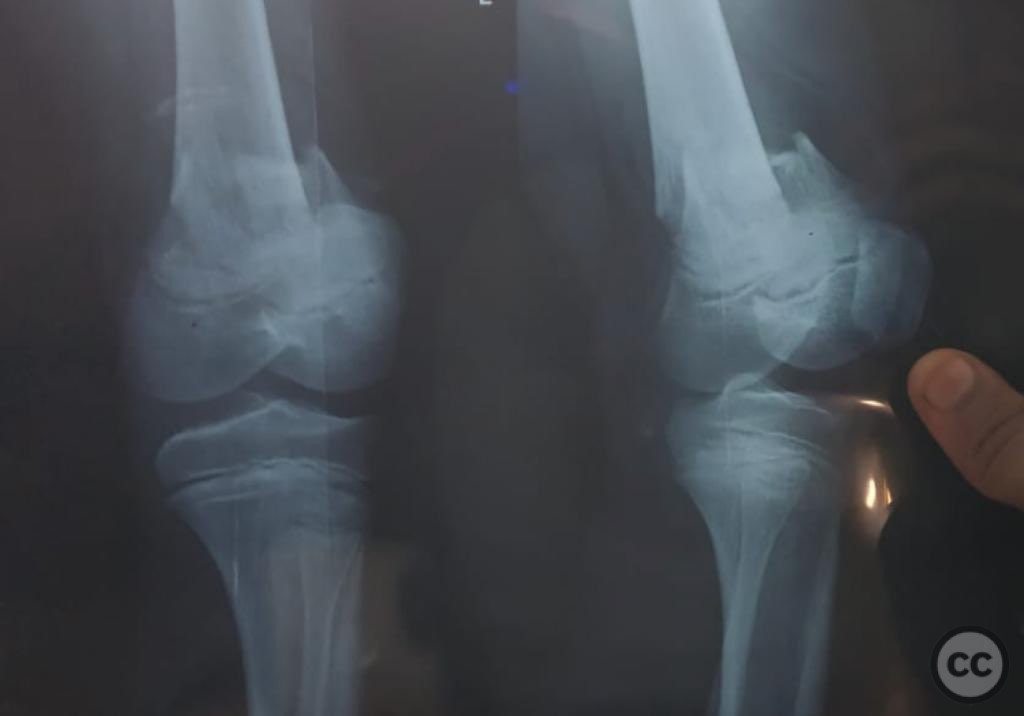
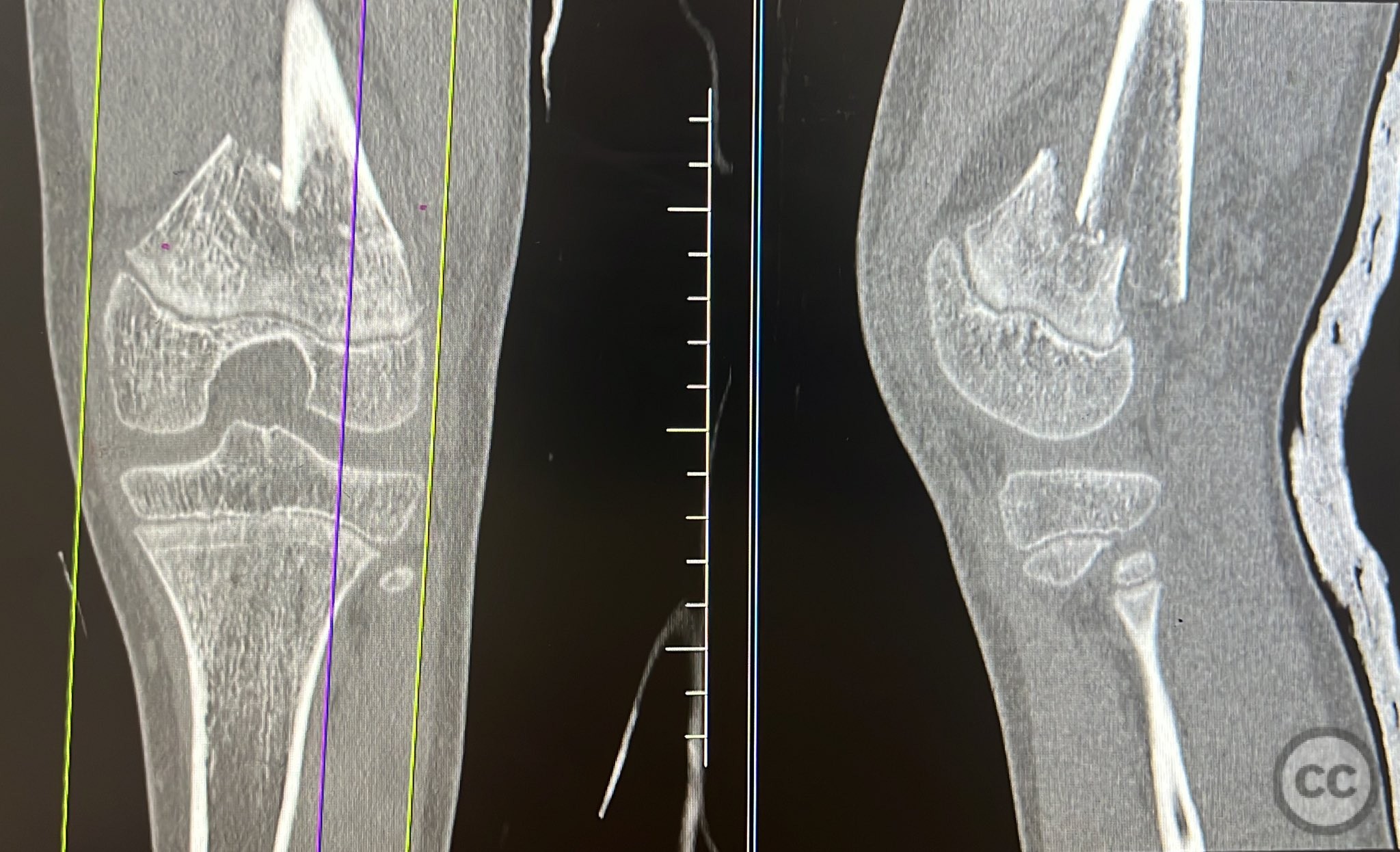
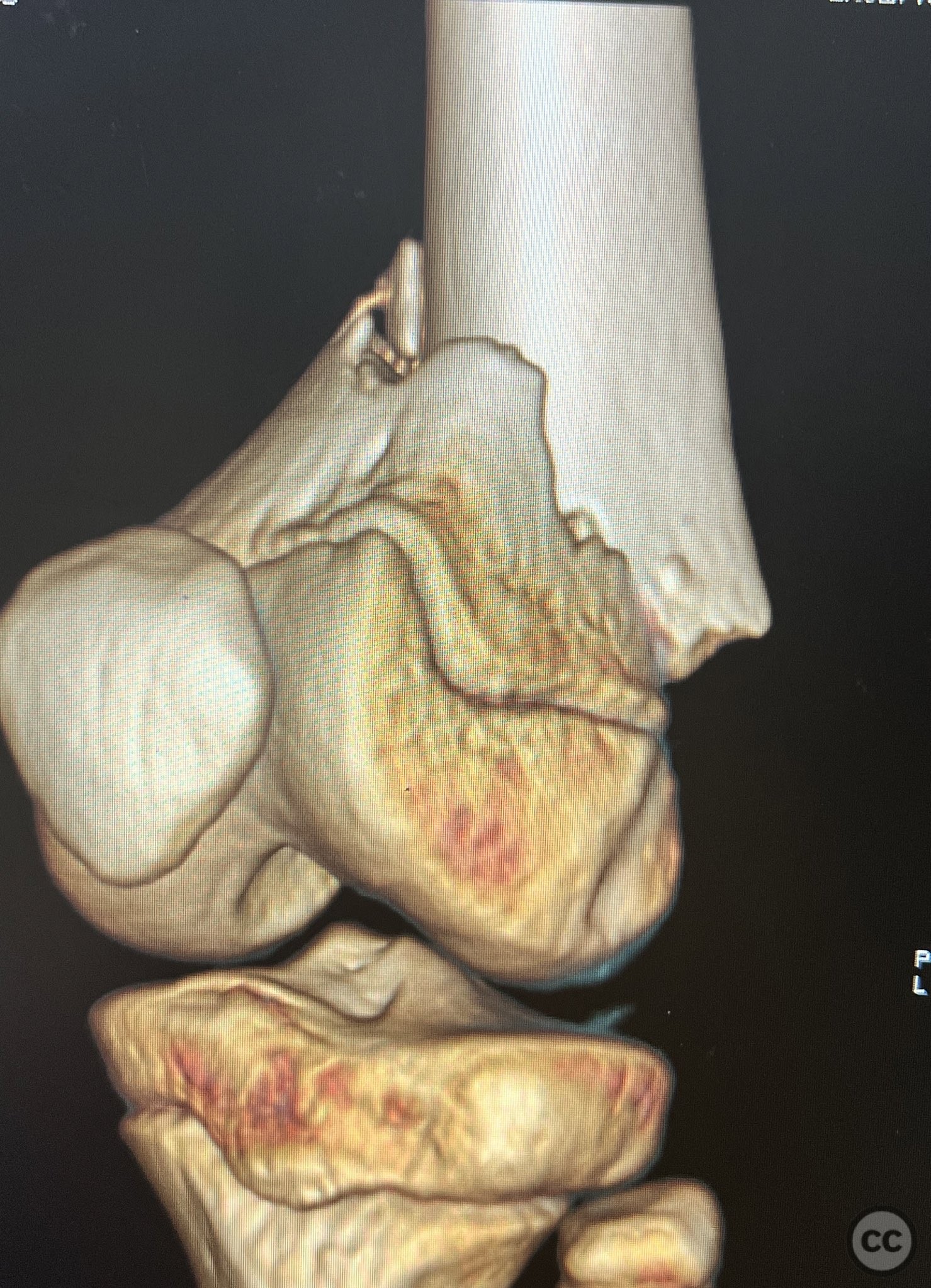

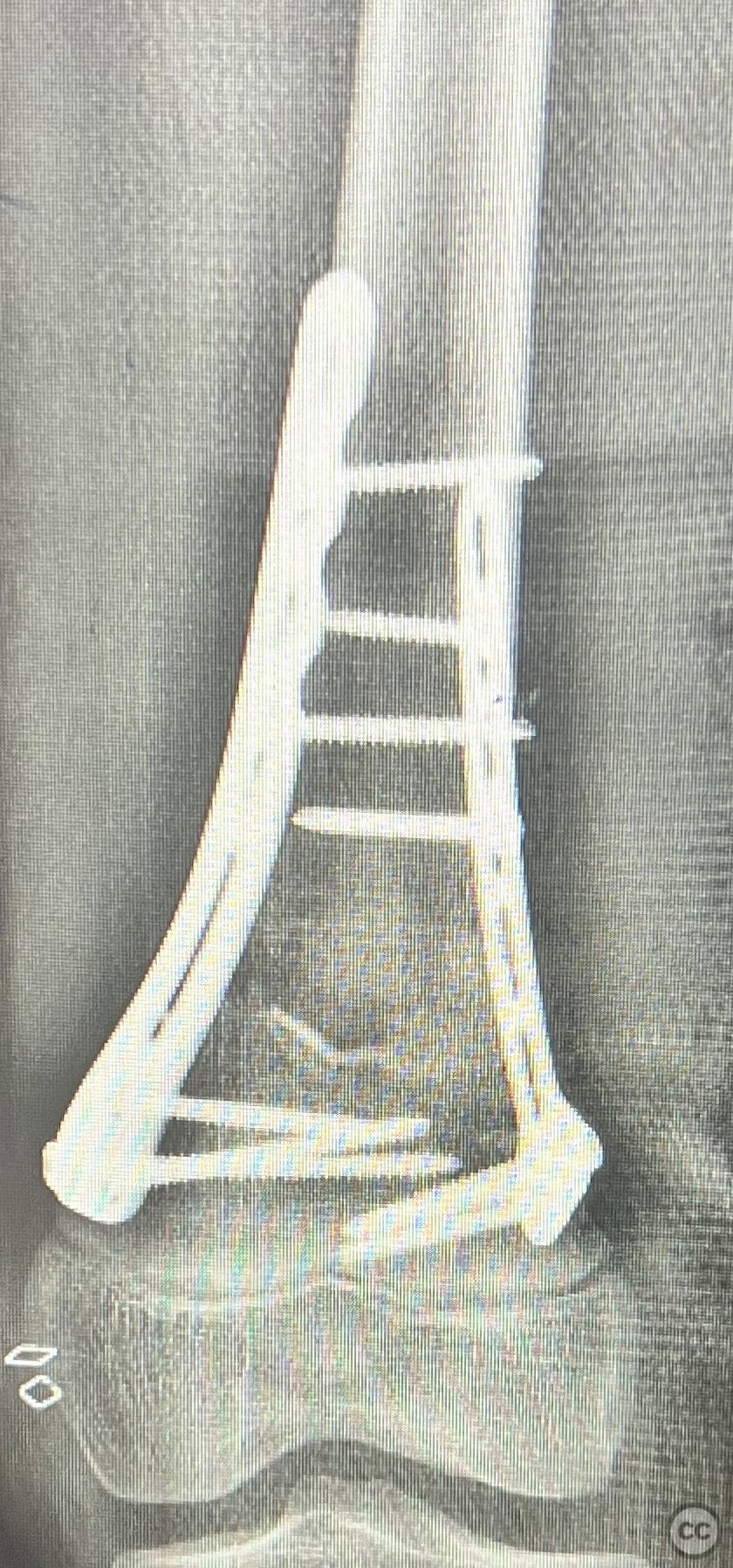
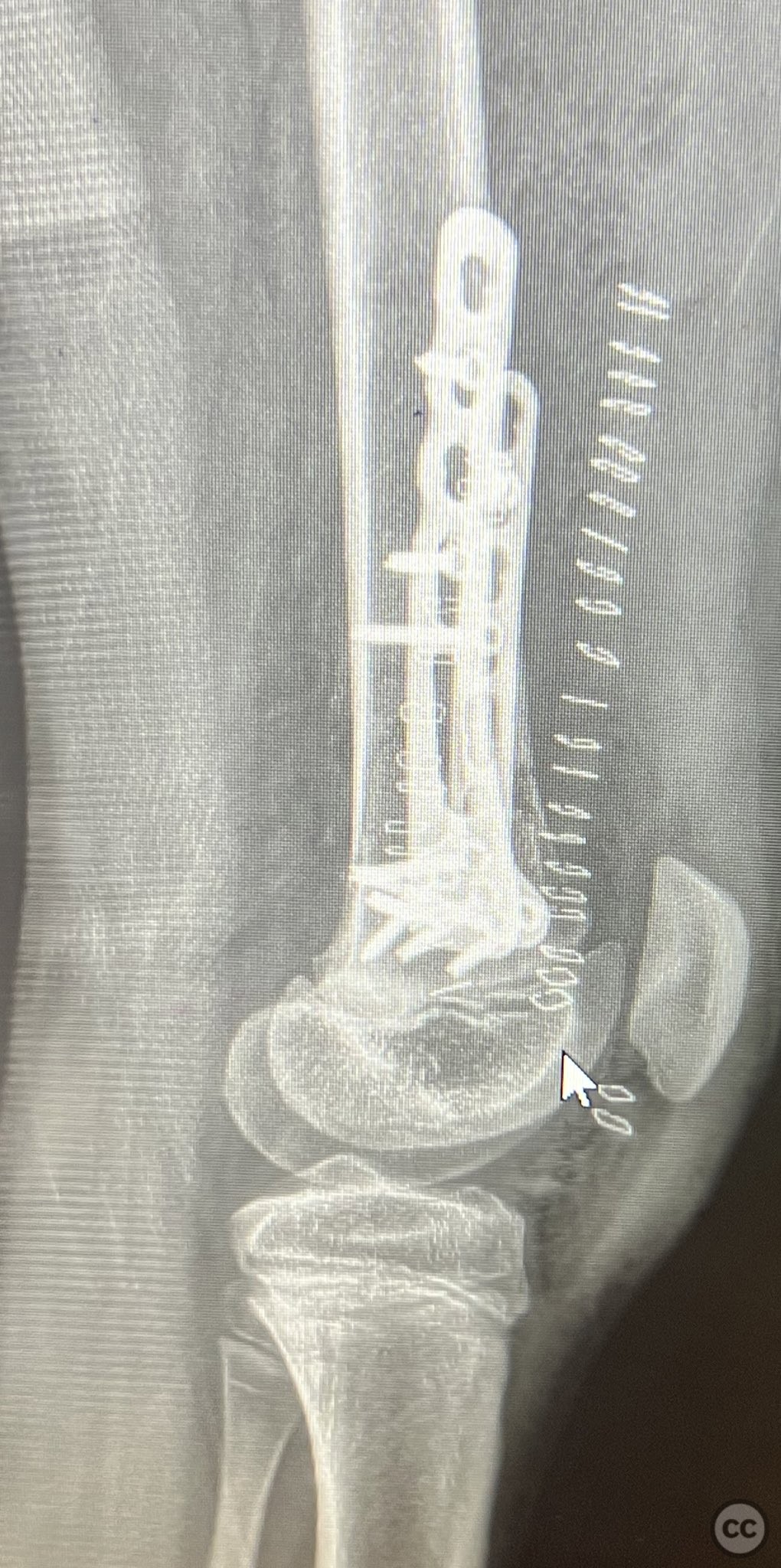
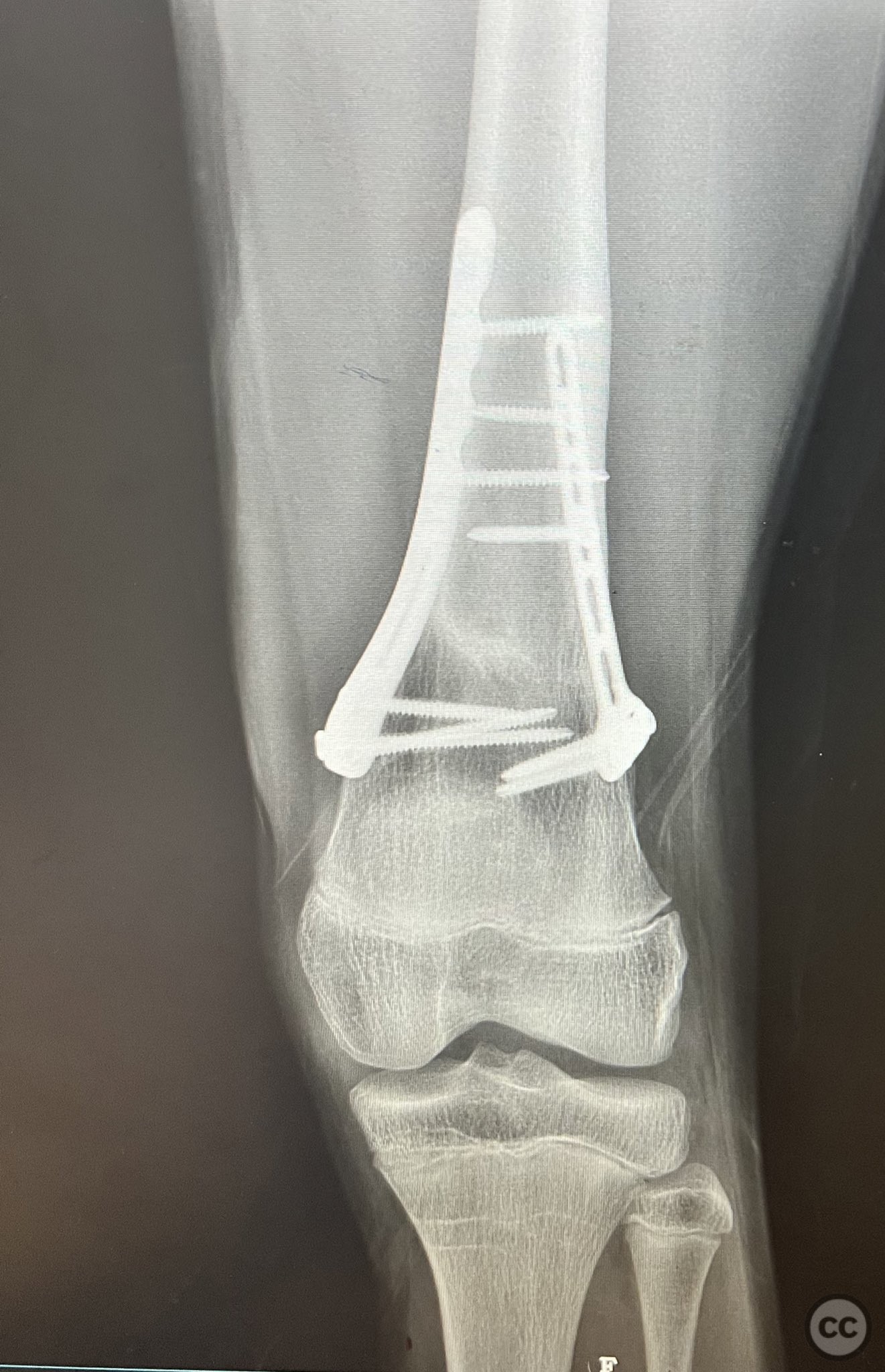
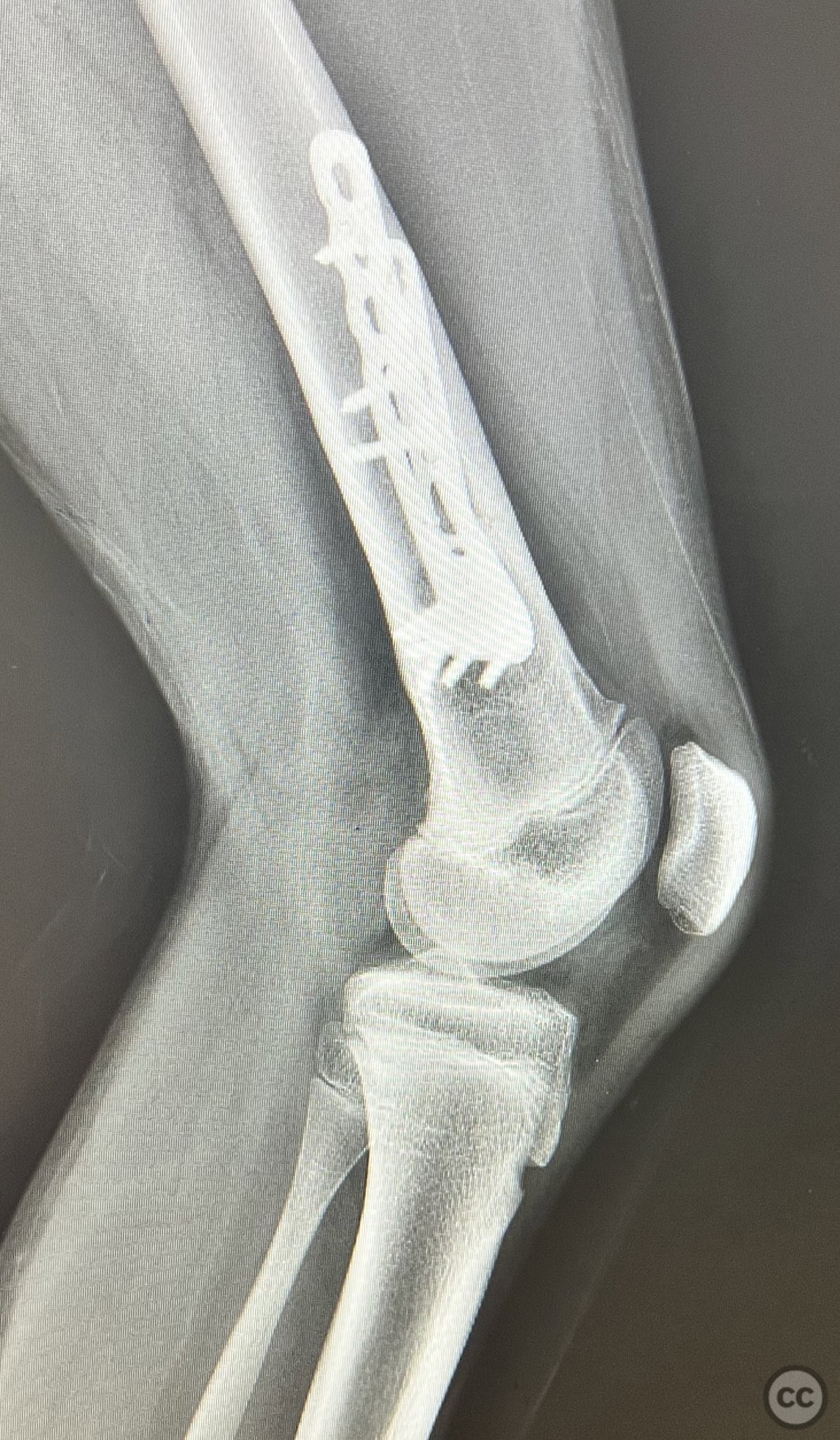
Article viewed 956 times
30 Jun 2023
Add to Bookmarks
Full Citation
Cite this article:
Oates, E.J. (2023). Supracondylar femur fracture in an 11yo. Journal of Orthopaedic Surgery and Traumatology. Case Report 30512449 Published Online Jun 30 2023.